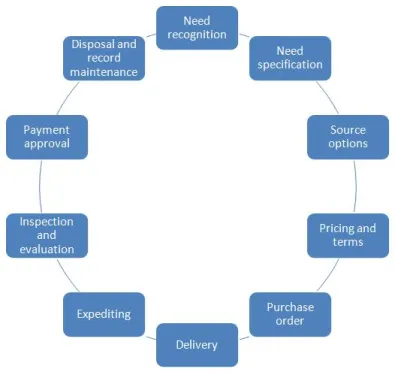Common Pitfalls to Avoid on the Path to Operational Excellence
- donnariekepro
- Aug 28, 2024
- 3 min read
Operational excellence is a goal that many organizations strive to achieve. It involves the continuous improvement of processes, systems, and people to maximize efficiency and deliver value to customers. However, the journey to operational excellence is fraught with challenges and potential pitfalls. Understanding and avoiding these common mistakes can help your organization stay on the right path and achieve lasting success.
1. Lack of Clear Goals and Metrics
One of the most common pitfalls in the pursuit of operational excellence is the absence of clearly defined goals and metrics. Without specific, measurable objectives, it’s difficult to track progress and determine whether your efforts are yielding the desired results. Organizations often make the mistake of setting vague goals like “improve efficiency” without quantifying what that means.
How to Avoid: Establish clear, measurable goals that align with your overall business objectives. Use key performance indicators (KPIs) to track progress, and regularly review these metrics to ensure you’re on track.
2. Neglecting Employee Engagement
Operational excellence isn’t just about processes and systems; it’s also about people. Neglecting employee engagement can derail your efforts. When employees feel disconnected or unmotivated, they are less likely to contribute to continuous improvement initiatives.
How to Avoid: Foster a culture of continuous improvement by involving employees at all levels in the process. Provide training, encourage feedback, and recognize contributions to keep your team motivated and engaged.
3. Overlooking Process Documentation
Another common pitfall is the failure to document processes thoroughly. Without proper documentation, it’s difficult to ensure consistency and standardization across the organization. This can lead to inefficiencies, errors, and a lack of accountability.
How to Avoid: Ensure that all key processes are well-documented and accessible to relevant stakeholders. Regularly review and update these documents to reflect any changes or improvements.
4. Resistance to Change
Change is often met with resistance, especially in established organizations. This resistance can slow down or even halt progress toward operational excellence. Employees may be reluctant to adopt new processes, technologies, or ways of working, fearing disruption to their routines.
How to Avoid: Communicate the benefits of change clearly and involve employees in the transition process. Offer support and training to help them adapt to new systems and processes. By addressing concerns and demonstrating the value of change, you can minimize resistance.
5. Ignoring Data-Driven Decision Making
Operational excellence relies heavily on data to drive decisions and improvements. However, some organizations make the mistake of relying on intuition or past practices rather than leveraging data. This can result in missed opportunities and suboptimal outcomes.
How to Avoid: Embrace a data-driven approach by collecting and analyzing relevant data to inform decision-making. Use tools like business intelligence software to gain insights and identify areas for improvement.
6. Failure to Adapt to Market Changes
The business environment is constantly evolving, and organizations that fail to adapt risk falling behind. Whether it’s technological advancements, changes in customer preferences, or new regulations, staying rigid in your approach can hinder operational excellence.
How to Avoid: Stay agile by continuously monitoring market trends and being open to change. Encourage innovation and be willing to pivot when necessary to maintain your competitive edge.
7. Overcomplicating Processes
In the quest for operational excellence, some organizations fall into the trap of overcomplicating processes. Adding unnecessary steps, excessive approvals, or complex workflows can lead to inefficiencies and frustration.
How to Avoid: Simplify processes wherever possible. Focus on eliminating waste, reducing redundancies, and streamlining workflows. The goal should be to make processes as efficient and straightforward as possible.
Conclusion
Achieving operational excellence is a challenging but rewarding journey. By avoiding common pitfalls like unclear goals, employee disengagement, lack of documentation, resistance to change, ignoring data, failure to adapt, and overcomplicating processes, your organization can stay on course toward continuous improvement and sustained success. Remember, operational excellence is not a one-time achievement but an ongoing commitment to being the best in your field.
SITES WE SUPPORT
SOCIAL LINKS




Comments